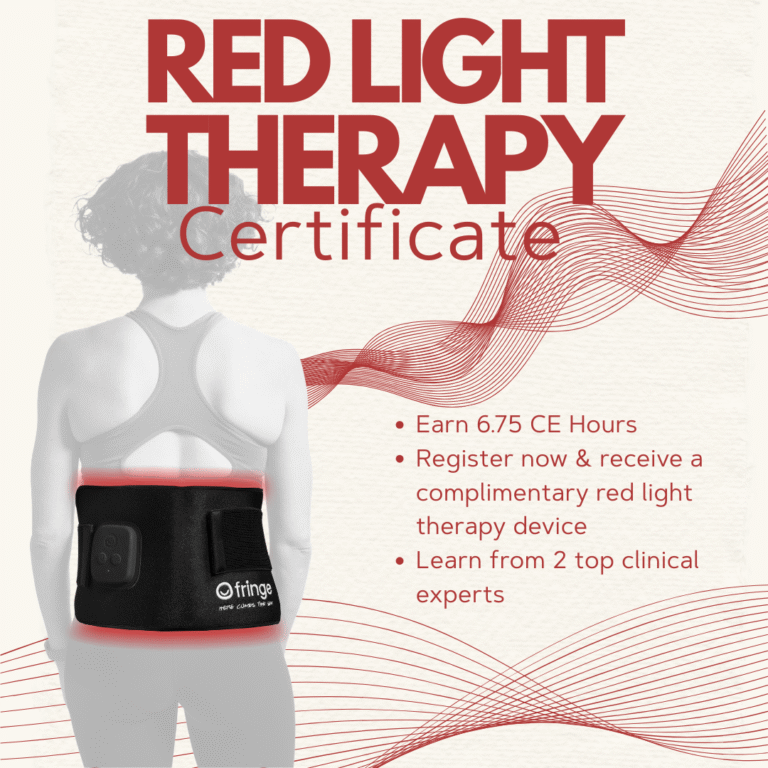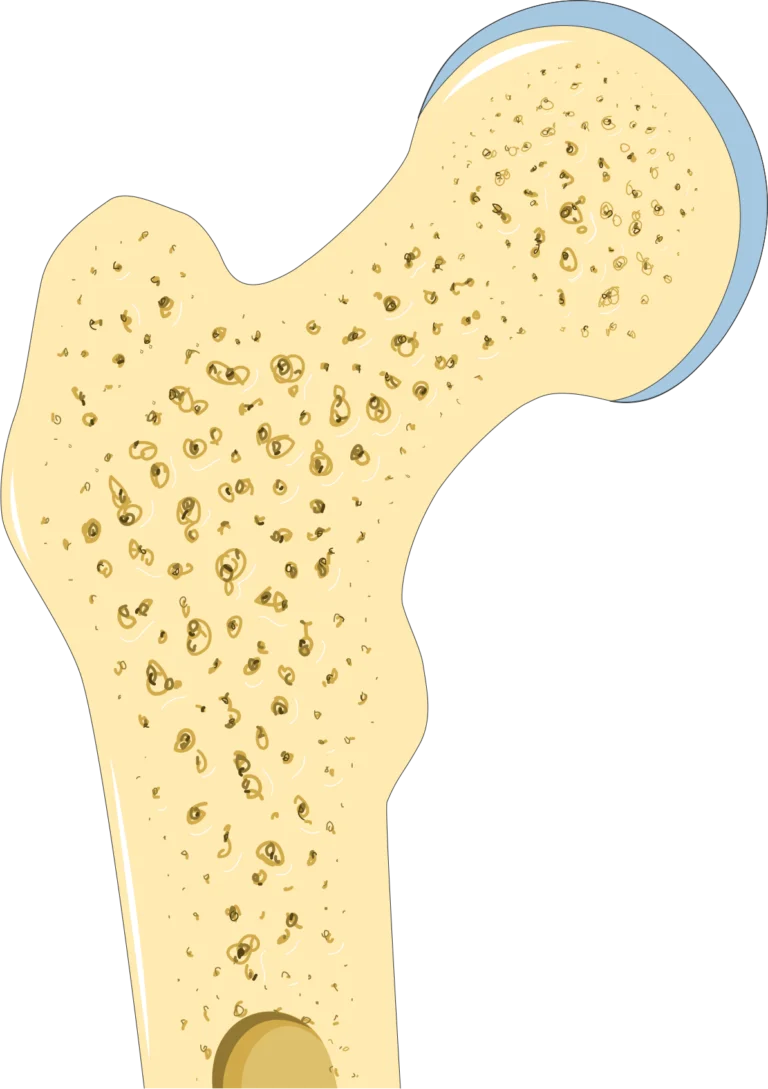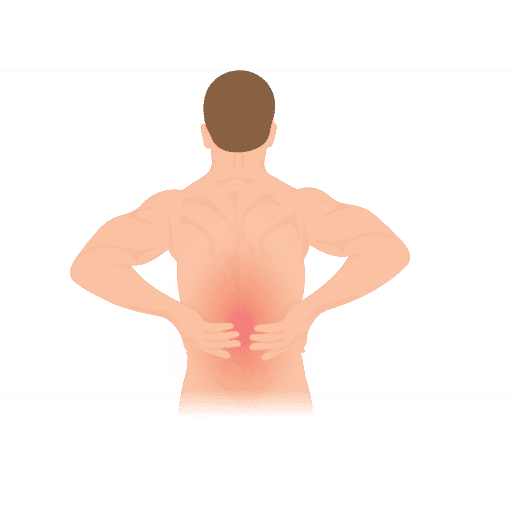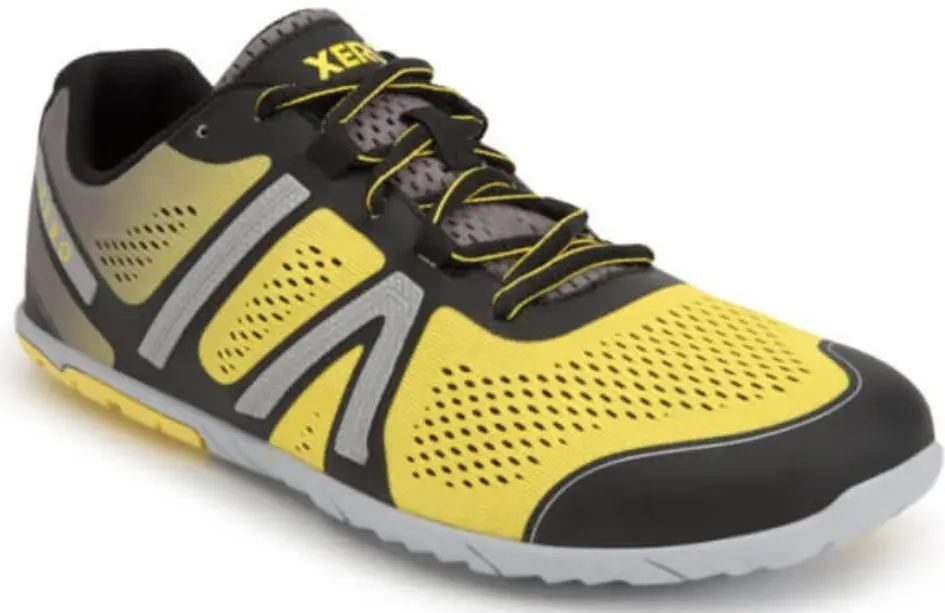Pain science stings. It takes what we think we know and flips it on its head. And while some reasons for feeling pain are obvious, others may hurt our ego. If pain is generated in our head and not at the site of injury, how much of this sensation do we have power over?
While pain science involves the brain’s interpretation of nerve signals from the affected area, it is not all in your head. Pain is a genuine physiological and psychological experience, and its perception can be influenced by various factors, including genetics, past experiences/memories, emotions, and cultural background.
Pain is a complex and subjective experience that serves as the body’s warning signal in response to actual or potential harm, such as injury, inflammation, or disease. It involves physical and emotional components and is processed by the nervous system, particularly the brain.
Types of Pain
To begin with, pain can arise in different ways, and it is classified as follows
- Acute: short-term pain that starts abruptly, has a specific cause, and tends to go away once the cause is treated
- Chronic: pain that last for six months or more and can range from mild to severe on any given day; while past injuries can cause chronic pain, at times there’s no specific cause. E.g. much sacroiliac joint pain
- Neuropathic: damage or dysfunction of the nervous system that results in misfiring pain signals
- Nociceptive: pain caused by stimulation of the pain receptors for tissue injury that detect potential harm
Read more about pain here.
Re-thinking Pain with Pain Science
But for some time, we’ve known more about pain and this has started to help us approach it in more fruitful ways. In this TED talk, Professor Lorimer Moseley talks about how the brain and CNS react to stimuli and the processes they go through at super speed.
Is pain an illusion? And what can we do with this knowledge?
Pain as a protector
Moseley leads the Body in Mind Research Group, which researches the role of the brain and mind in chronic pain. He aims to genuinely change the way we understand, view, and most importantly treat pain. Not a simple task – as you might suspect – because such a large percentage of the population lives with pain and our brains stay fearful of danger. It’s how we are wired. But, according to Moseley, understanding our pain can be a huge first step in tackling these sensations that burden our life.
Meaning can not NOT mess with your brain!
For example, with conditioning your body learns pain. Think of it as an overprotective friend saying “Remember what happened the last time you climbed down those stairs?!” But that doesn’t mean you should never use the staircase again, if you are able. And how does pain get worse when you’re in a bad mood? Why does a healed injury hurt even years later?
The strangest thing about pain is that it can occur without injury and that there can be actual damage in our tissues/bones without resulting in pain. And this is where it can all feel “in your head”.
Nothing is ever the same – chronic pain
Chronic pain is a complex condition that fundamentally alters how your brain and nervous system operate, causing it to become much like a disease. Our resilient brains and adaptable nervous systems are neuroplastic – constantly learning about the world to optimize our function and keep us safe.
Unfortunately, chronic pain is a constant dynamic stimulus that overloads the nervous system – bombarding it with distressing signals that it continually detects, sends and receives. This persistent overstimulation causes a rewiring of the nervous system, making it more active and super-sensitive.
Pain is not an accurate indicator of damage
Although pain serves the valuable purpose of protecting and keeping the body alive, it can also be misleading. Nociceptors communicate with the brain to assess whether there is a potentially dangerous situation and whether it’s important for the body to feel pain to protect itself – much like an alarm system. Sometimes, the brain may send out these pain signals even when they’re not necessary due to chemical imbalances or previous experiences that caused pain.
It turns out that pain is not an accurate indicator of damage, because the reverse of this can also occur. Sometimes an injury causes no pain perception due to circumstances, emotional state, and context.
Conflicted messages on pain
It is famously reported that wounded soldiers will suffer extensive damage and report feeling little or no pain on the field of duty probably because pain would mean slowing down, increasing their chances of getting killed. And this is not an isolated case.
The opposite of this can also happen, as reported in the legendary Boot Nail Guy. A builder was taken to the A&E department with a 15cm nail piercing through his boot. The poor guy was in excruciating pain and had to be sedated in order to be treated. Much to the doctors’ surprise, once the boot was removed it was discovered that the nail had penetrated between the toes and the foot was completely uninjured. This experience may sound extreme, but it exemplifies how the mind modifies pain by suggestion.
For the brain “hurt” and “harm” are not the same. Think of playing a soccer game only to discover that your leg had been bleeding while you were having fun. The same applies to biting/slapping, which can feel good during sensual play and hurt in a different scenario. The brain can amplify or diminish pain according to its sensitization status and the context, mood, or cultural circumstance we find ourselves in.
Pain as “Biopsychosocial”
The biopsychosocial model, proposed by Engel in his groundbreaking pain science paper four decades ago, emerged as an alternative to the prevailing biomedical model of illness, which continues to dominate healthcare today. While Engel’s call for a biopsychosocial approach has been embraced in various healthcare fields, it has not gained widespread acceptance in the more economically influential and politically powerful areas of acute medicine and surgery.
Nonetheless, the biopsychosocial model has found extensive application in research on complex healthcare interventions, and it serves as the foundation for the World Health Organization’s International Classification of Functioning (WHO ICF). Additionally, this pain science model is employed in clinical settings and used to structure clinical guidelines. Crucially, it is now widely acknowledged that health and illness result from biological, psychological, and social factors interplay.
- Biological factors: These involve the physiological processes underlying pain, such as tissue damage, inflammation, and nerve activation. Genetic factors, age, and general health can also affect how an individual experiences and copes with pain.
- Psychological factors: How a person perceives, processes, and responds to pain is influenced by their emotions, beliefs, and past experiences. Anxiety, depression, and fear can exacerbate pain, while resilience, coping skills, and positive expectations can help alleviate it.
- Social factors: An individual’s social environment, including relationships with family, friends, and healthcare providers, can impact their pain experience. Supportive connections can help with pain management, while isolation, stigmatization, or negative attitudes from others can exacerbate pain perception.
By considering all components of the pain experience, the biopsychosocial model aims to provide more effective and personalized care for pain patients. The model addresses the physical aspects of pain and the psychological and social factors that contribute to the overall experience. Such a process may involve a combination of treatments, such as medications, physical therapy, psychological counseling, and social support, tailored to each individual’s specific needs and circumstances.
And, going back to Moseley’s findings, it will take a while for our minds to be re-trained after they became convinced that they must protect us from injury in specific situations that might not be dangerous at all.
The 7 Characteristics of the Biopsychosocial Pain Model
Engels’ 1977 article “The need for a new medical model: a challenge for biomedicine,” the seven of the biopsychosocial pain model are:
- self-awareness
- Active cultivation of trust
- an emotional style characterized by empathic curiosity
- self-calibration as a way to reduce bias
- educating the emotions to assist with diagnosis and forming therapeutic relationships
- using informed intuition
- communicating clinical evidence to foster dialogue, not just the mechanical application of protocol
Sensitization
Sensitization is an increased sensitivity to stimuli that can occur in both the central and peripheral nervous systems. This heightened sensitivity is commonly observed in various chronic pain conditions. Under pathological circumstances, sensitization can lead to the perception of pain even in the absence of harmful events or actual tissue damage. This abnormal pain response can contribute to the persistence and severity of chronic pain, making it more challenging to manage and treat.
Peripheral Sensitization
Peripheral sensitization refers to an increased sensitivity to pain resulting from inflammation or tissue damage. For instance, when you cut your finger, you experience peripheral sensitization.
In this process, there is a change in the transduction proteins, which are responsible for transmitting messages affecting nociceptors, the receptors of your body’s sensory neurons. When you burn your finger, the stimulus is converted into electrical signals that travel through your nervous system and up to your brain via these proteins.
Central Sensitization
Central sensitization is a different type of pain experience, where the pain arises without tissue damage. In this case, the neurons in your central nervous system become more easily excited, leading to prolonged and heightened pain sensations. The pain that would usually subside after the initial stimulus persists, eventually resulting in chronic pain.
In summary, peripheral sensitization involves increased pain sensitivity due to tissue damage or inflammation, while central sensitization occurs when the central nervous system’s neurons become more easily excited, causing pain even in the absence of tissue damage.
So, Is Pain All in Your Head?
Most importantly, NO, but also yes.
Pain is a complex experience that involves both the brain and the body. The brain processes pain signals sent by the nerves in the body and interprets them as pain.
While pain signals originate from the affected area in response to actual or potential tissue damage, the brain processes and interprets these signals. In this sense, the perception of pain involves and is processed in the brain, but it is inaccurate to say that pain is solely “in your head.” Pain is a real and unpleasant sensation that needs to be acknowledged and validated. It’s important to remember that its perception (whether accompanied by injury or not) is influenced by a list of factors.
Properly addressing pain requires a comprehensive approach that considers both the physical and emotional aspects of the experience, often involving collaboration between the patient and healthcare providers to develop an effective pain management plan. The hardest part is that we might need to start asking different questions about pain and approaching our bodies with our brain’s overprotective role in mind.
Sources
Engel, George L. “The need for a new medical model: a challenge for biomedicine.” Science 196, no. 4286 (1977): 129-136.
Moseley GL, Butler DS. Fifteen Years of Explaining Pain: The Past, Present, and Future. J Pain. 2015 Sep;16(9):807-13. doi: 10.1016/j.jpain.2015.05.005. Epub 2015 Jun 5. PMID: 26051220. Link
Alan Gordon and Alon Ziv. The Way Out: A Revolutionary, Scientifically Proven Approach to Healing Chronic Pain. Avery Publishing Group, 2022. [paid link]
As an Amazon Associate we earn from qualifying purchases. Thanks for using our links to support our work!








